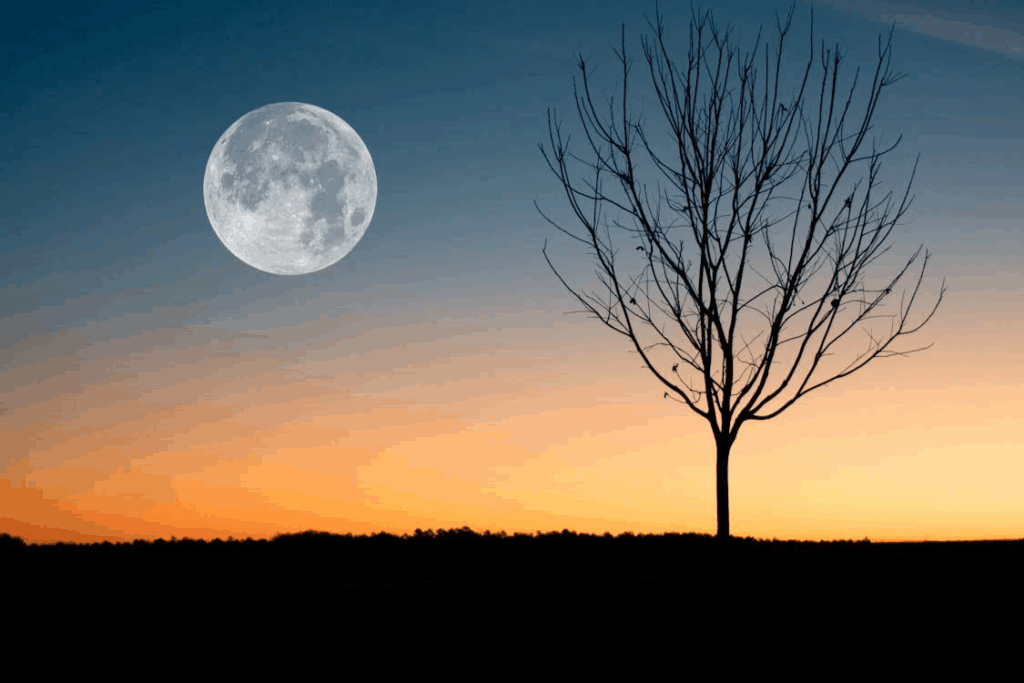Friendly Note: FreeJupiter.com shares general info for curious minds 🌟 Please fact-check all claims—and always check health matters with a professional 💙
If you’re someone who can’t resist looking up at the night sky, 2025 is going to be your kind of year. The calendar is packed with sky watching events worth staying up for, from bright full moons and dazzling meteor showers to dramatic lunar and solar eclipses. Some months bring multiple reasons to head outside after dark, especially during eclipse seasons and peak meteor showers. Whether you’re a seasoned stargazer or just curious about what’s happening above, this guide breaks down every major celestial event of 2025 in one easy-to-read list.
Full Moons of 2025
Every month will feature a full moon, and some of them are more dramatic than others. These full moons follow the traditional names passed down through history, usually tied to seasonal changes or farming cycles. Don’t forget to look up to the sky on these dates:
- January 13 – Wolf Moon
- February 12 – Snow Moon
- March 14 – Worm Moon (Total Lunar Eclipse)
- April 13 – Pink Moon (Supermoon)
- May 12 – Flower Moon (Supermoon)
- June 11 – Strawberry Moon
- July 10 – Buck Moon
- August 9 – Sturgeon Moon
- September 7 – Corn Moon (Total Lunar Eclipse)
- October 6 – Hunter’s Moon
- November 5 – Beaver Moon
- December 4 – Cold Moon
April and May’s full moons will appear slightly larger and brighter than usual because the moon is at its closest point to Earth. These are known as supermoons and they can affect tides, mood, and photography conditions. March and September’s full moons are even more special, as both will coincide with total lunar eclipses. That means the moon will pass fully into Earth’s shadow and turn a deep red or copper color.

Understanding the Moon Series
The full moon schedule follows a pattern, but not all moons are created equal. Lunar eclipses only happen when the Moon is full and the Sun, Earth, and Moon align just right. This only happens during certain points in the moon’s orbit. In 2025, these points fall in March and September, creating two total lunar eclipses tied directly to the full moon cycle. This kind of lunar series only comes around a couple of times per year, and seeing one in the sky can be unforgettable.
Meteor Showers in 2025
Meteor showers happen when Earth crosses the trail of debris left behind by a comet or asteroid. As those small bits of rock and dust hit our atmosphere, they burn up and create bright streaks of light. Some showers are minor, while others deliver dozens or even hundreds of meteors in the sky per hour. 2025 has plenty to look forward to.
- Quadrantids – January 3 to 4
This New Year shower can produce up to 25 meteors per hour and tends to have sharp, fast peaks. It’s best viewed in the early morning hours. - Lyrids – April 21 to 22
An older, more subtle meteor shower, the Lyrids still offer decent activity with about 10 meteors per hour at their peak. - Eta Aquarids – May 4 to 6
One of the year’s most exciting showers in the Southern Hemisphere. It’s linked to Halley’s Comet and can produce up to 50 meteors per hour. - Delta Aquarids – July 30
This low-key summer shower tends to peak at 10 to 20 meteors per hour, with best viewing just before dawn. - Perseids – August 12 to 13
Arguably the most popular meteor shower, with up to 100 fast, bright meteors per hour. A must-see if the sky is clear. - Draconids – October 9
This quirky shower often peaks in the early evening and is unpredictable. It can produce sudden outbursts or just a trickle. - Orionids – October 22 to 23
A reliable shower with long-lasting streaks. You can expect about 15 meteors per hour at peak. - Southern Taurids – November 3 to 4
While low in number, Taurids are known for producing bright fireballs that light up the sky. - Leonids – November 16 to 17
Historically famous for meteor storms. In 2025, rates are expected to be around 15 meteors per hour, with potential for surprises. - Geminids – December 13 to 14
The most active shower of the year. If the skies are dark and the moon is out of the way, you could catch up to 120 meteors per hour. - Ursids – December 21 to 22
A quieter show with about 10 meteors per hour. It’s not the biggest, but it’s a nice holiday season display.

Meteor Shower Series and Viewing Tips
Meteor showers are part of a yearly rhythm. The Earth’s orbit carries us through the same debris streams each year, creating a kind of seasonal series of meteor events in the sky. In 2025, the Perseids and Geminids will be the big highlights, but smaller showers like the Eta Aquarids and Orionids offer excellent shows too. For best viewing, find a dark location away from city lights, and give your eyes 20 minutes to adjust to the dark. The fewer clouds and the less moonlight, the better.
Eclipses in 2025
There are four eclipses to watch for this year, split into two distinct eclipse seasons. Each season includes one lunar and one solar eclipse, and they happen about two weeks apart.
- March 14 – Total Lunar Eclipse
This will be visible across North and South America. If the skies are clear, expect a deep reddish moon during totality.- March 29 – Partial Solar Eclipse
Visible from parts of Europe, North Africa, and western Asia. Viewers in these regions will see the moon take a bite out of the sun.
- March 29 – Partial Solar Eclipse
- September 7 – Total Lunar Eclipse
This eclipse will cover much of Europe, Africa, Asia, and Australia. It should be a stunning show depending on weather conditions. - September 21 – Partial Solar Eclipse
This one’s harder to see, mostly visible from remote areas in the South Pacific and parts of Antarctica.
How Eclipses Work as a Series
Eclipses always happen in pairs or trios because of how the moon’s orbit lines up with Earth’s. The key is the lunar nodes, invisible points where the moon’s path crosses the Earth’s orbital plane. When the sun is close to a node, the geometry is right for eclipses. That’s why the March and September eclipses are grouped—they fall into what’s known as an eclipse season. These seasons repeat every six months, and 2025’s sets are pretty balanced, each including one lunar and one solar event.
When to Plan Your Sky Watching
Some months will be especially rich in celestial events. March and September are big winners, thanks to their eclipse seasons and full moon drama. August is ideal for watching the Perseids under summer skies, and December closes the year with the epic Geminids and a beautiful full moon. Plan your stargazing trips around these windows:
- March 14 to 29 – Total lunar eclipse and partial solar eclipse
- May 4 to 6 – Eta Aquarids meteor shower
- August 9 to 13 – Full moon and Perseid meteor shower
- September 7 to 21 – Total lunar and partial solar eclipses
- December 13 to 14 – Geminid meteor shower peak
Spend More Time Looking Up at The Sky
The night sky in 2025 has something for everyone. Whether you’re watching a full moon rise, counting shooting stars, or catching a rare eclipse, the universe is putting on a show nearly every month. With supermoons, eclipse seasons, and two of the best meteor showers of the decade, it’s a perfect year to spend more time looking up. Just check your calendar, grab a blanket, and don’t forget to wish on a shooting star.










